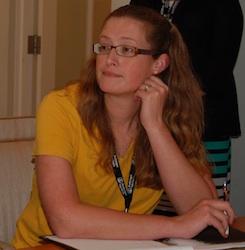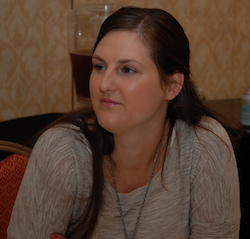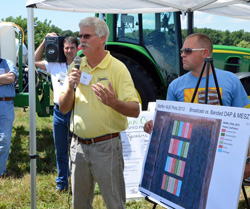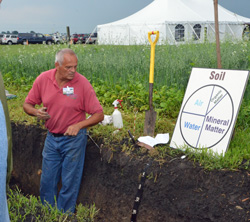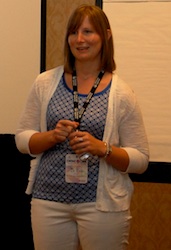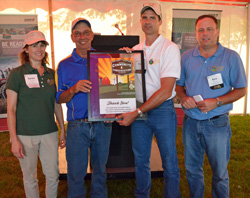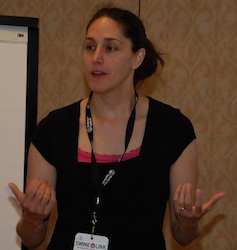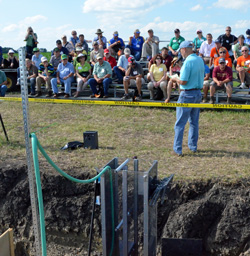Syngenta has announced a three-year commitment to contribute $1 to the renewable fuels industry for every acre planted with Enogen trait technology. The initiative, that began with this year’s growing season, will help support America’s Renewable Fuel Standard (RFS) and promote the benefits of renewable fuels grown in America.
 “Renewable fuels are an essential part of the American energy equation, benefiting consumers, farmers and American energy independence,” said David Witherspoon, Head of Renewable Fuels at Syngenta. “Ethanol, whether from corn or other biomass sources, is an energy source for today and tomorrow driving economic growth and innovation.”
“Renewable fuels are an essential part of the American energy equation, benefiting consumers, farmers and American energy independence,” said David Witherspoon, Head of Renewable Fuels at Syngenta. “Ethanol, whether from corn or other biomass sources, is an energy source for today and tomorrow driving economic growth and innovation.”
Syngenta is currently focused on increasing the productivity of renewable fuels made from traditional and non-traditional feedstocks such as corn. The Enogen trait technology is a biotech output trait designed specifically for ethanol production. The corn expresses alpha amylase enzyme directly in the corn kernel and replaces liquid alpha amylase enzyme. According to Syngenta, the unique enzyme present in Enogen grain facilitates a simpler, more efficient ethanol production process helping to maximize the productivity of every gallon produced, and thus the profitability of the ethanol plant.
By helping to create savings in electricity, natural gas and water usage, Enogen corn also has the potential to help an ethanol plant reduce its carbon footprint. Syngenta says that for a 100-million gallon plant, efficiency improvements by Enogen can save annually:
- More than 68 million gallons of water
- Nearly 10 million KWh of electricity
- More than 350 billion BTUs of natural gas
- More than 100 million pounds of carbon dioxide emissions
Enogen corn represents a unique value proposition for local communities as well. Enogen corn hybrids are planted under contract with an ethanol plant licensed to use the technology. In exchange for high-quality grain and robust alpha amylase enzyme, ethanol plants pay an average 40 cent per bushel premium to local farmers for their Enogen grain, an economic boost that could mean as much as $80 to $90 an acre for some Midwestern farmers.
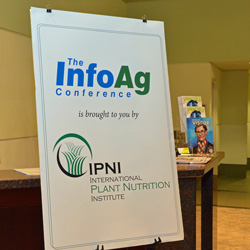 The 2013 InfoAg Conference is underway in Springfield, IL. It’s time to learn what’s new in the precision ag realm and I’ll be doing that for the next couple days courtesy of our sponsor, Ag Leader Technology.
The 2013 InfoAg Conference is underway in Springfield, IL. It’s time to learn what’s new in the precision ag realm and I’ll be doing that for the next couple days courtesy of our sponsor, Ag Leader Technology.


